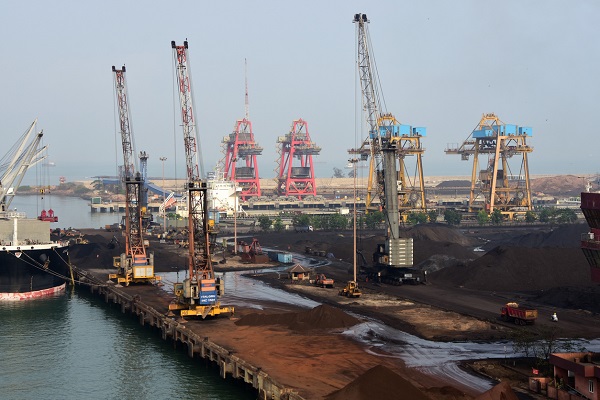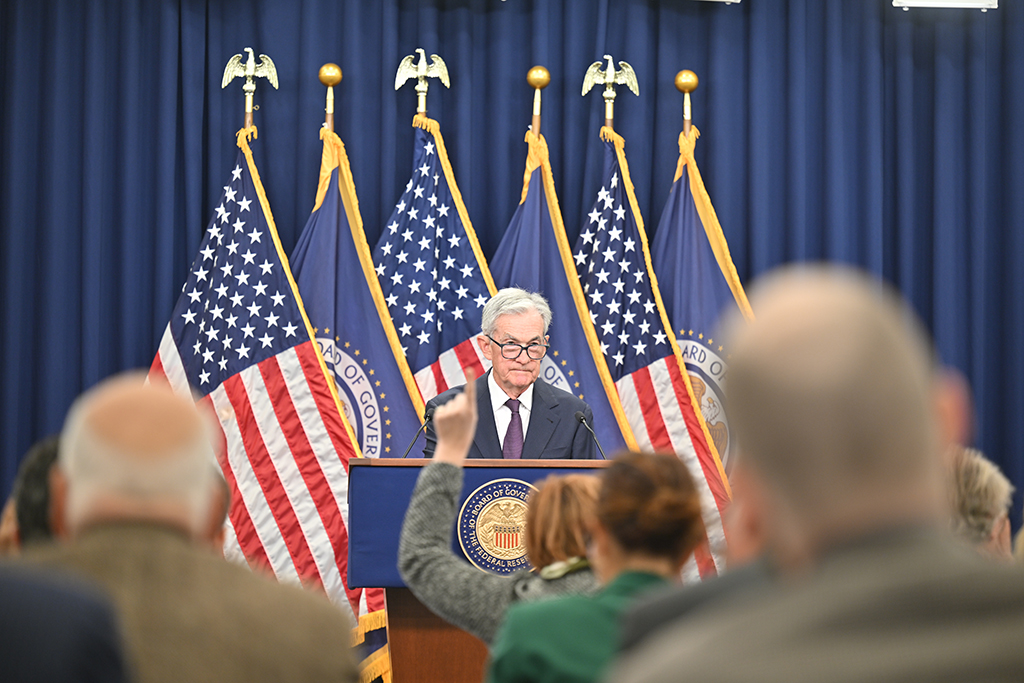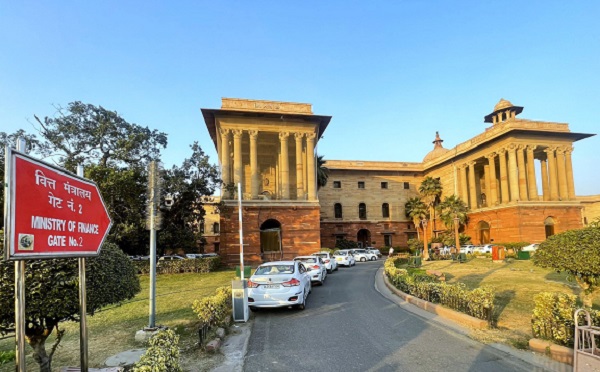.png)
Why India and China Will Struggle to Mend Relations
Despite new diplomatic gestures, can India and China truly reset ties when borders remain tense, Pakistan looms large, and trade imbalances keep mistrust alive?

Sanjay Pulipaka is the author of Tiger with Wings: China’s BRI and Economic Engagement in South Asia, and Chairperson of the Politeia Research Foundation.*
August 30, 2025 at 5:03 AM IST
There has been an uptick in diplomatic activity between India and China. Prime Minister Narendra Modi will be in Tianjin for two days starting August 31 to attend the Shanghai Cooperation Organisation Summit. The Indian leader is visiting China after almost seven years, and the visit has therefore generated considerable interest.
In recent months, there has been a flurry of high-level exchanges. The Indian Defence and External Affairs ministers have visited China. A fortnight ago, China’s foreign minister, Wang Yi, was in India and held consultations with External Affairs Minister S. Jaishankar and National Security Advisor Ajit Doval. Unlike during his visit in March 2022, this time Wang Yi also met Prime Minister Modi.
During Wang Yi’s visit, both sides agreed to resume direct flight connectivity, expand the scale of the Indian pilgrimage to Mt. Kailash, and reopen border trade through Lipulekh Pass, Shipki La Pass and Nathu La Pass. These measures aim to restore a semblance of normalcy in the bilateral relationship, which had hit rock-bottom after the Galwan clashes in 2020.
The attempts by India and China to stabilise their relations are occurring in the context of US President Donald Trump upending the world trade order. There is considerable concern in the international community over Trump’s decision to impose sharply higher tariffs on imports into the US. Both India and China have been at the receiving end of such punitive policies. The US has imposed an additional 30% tariff on China. India has been hit harder, facing a 50% tariff. Trump’s trade policy has injected considerable uncertainty, which may also deter foreign direct investment into India.
It is true that in both Beijing and Delhi there is unease about Trump’s trade stance. China’s Ambassador to India, Xu Feihong, referring to the tariffs, remarked that “silence or compromise only emboldens the bully…China will firmly stand with India to uphold the multilateral trading system with the World Trade Organisation at its core.”
Despite such declarations of solidarity, it is unlikely that India and China will make common cause against the US, for several reasons.
First, there is a deep trust deficit because of the unresolved border dispute. The main purpose of Wang Yi’s visit to India was to discuss this issue. Jaishankar reiterated that improvement in the broader relationship is contingent on “maintaining peace and tranquillity in the border areas.” There has been only marginal progress so far. The Border Patrol Agreement of October 2024 enabled disengagement at a few friction points, but large-scale demobilisation of forces is still awaited.
Second, the perception that China uses Pakistan to contain India has gained traction among policymakers in Delhi. At a recent briefing on Operation Sindoor, India’s Deputy Chief of Army Staff noted that “Pakistan was the front face, and China provided all possible support,” including real-time surveillance. In addition, Beijing and Islamabad are seeking trilateral ties with countries such as Bangladesh and Afghanistan. Given this close China–Pakistan partnership, Delhi is unlikely to join hands with Beijing even in countering US trade measures.
Third, the ballooning trade deficit remains a major concern. China’s non-tariff barriers have constrained India’s exports and created imbalances. For example, while India exported more than $9 billion worth of pharmaceutical products to the highly regulated US market in 2023–24, it managed to send only $350 million to China. The Economic Survey of 2023–24 hinted at the potential of attracting Chinese FDI to boost India’s exports to the developed West, but concerns over China’s trade and investment practices persist. Although Beijing has recently lifted curbs on exports of rare earth magnets, fertilisers and tunnel boring machines, the initial imposition of such restrictions raised doubts about long-term reliability. Not surprisingly, the Indian government has not rescinded Press Note 3 (2020 Series), which requires companies from countries sharing a land border with India, such as China, to seek government approval for investments rather than using the automatic route. This signals continuing wariness about scaling up the economic partnership.
That said, mending ties with India is also in China’s interest. With access to European and US markets becoming more difficult, India is assuming greater importance as a market. To build trust, China will need to open its markets to Indian goods and allow Indian firms to collaborate with Chinese companies in sectors such as electric vehicles and semiconductors. The meeting between Prime Minister Modi and President Xi Jinping will show whether Beijing is ready to take that path.
* Views are personal



